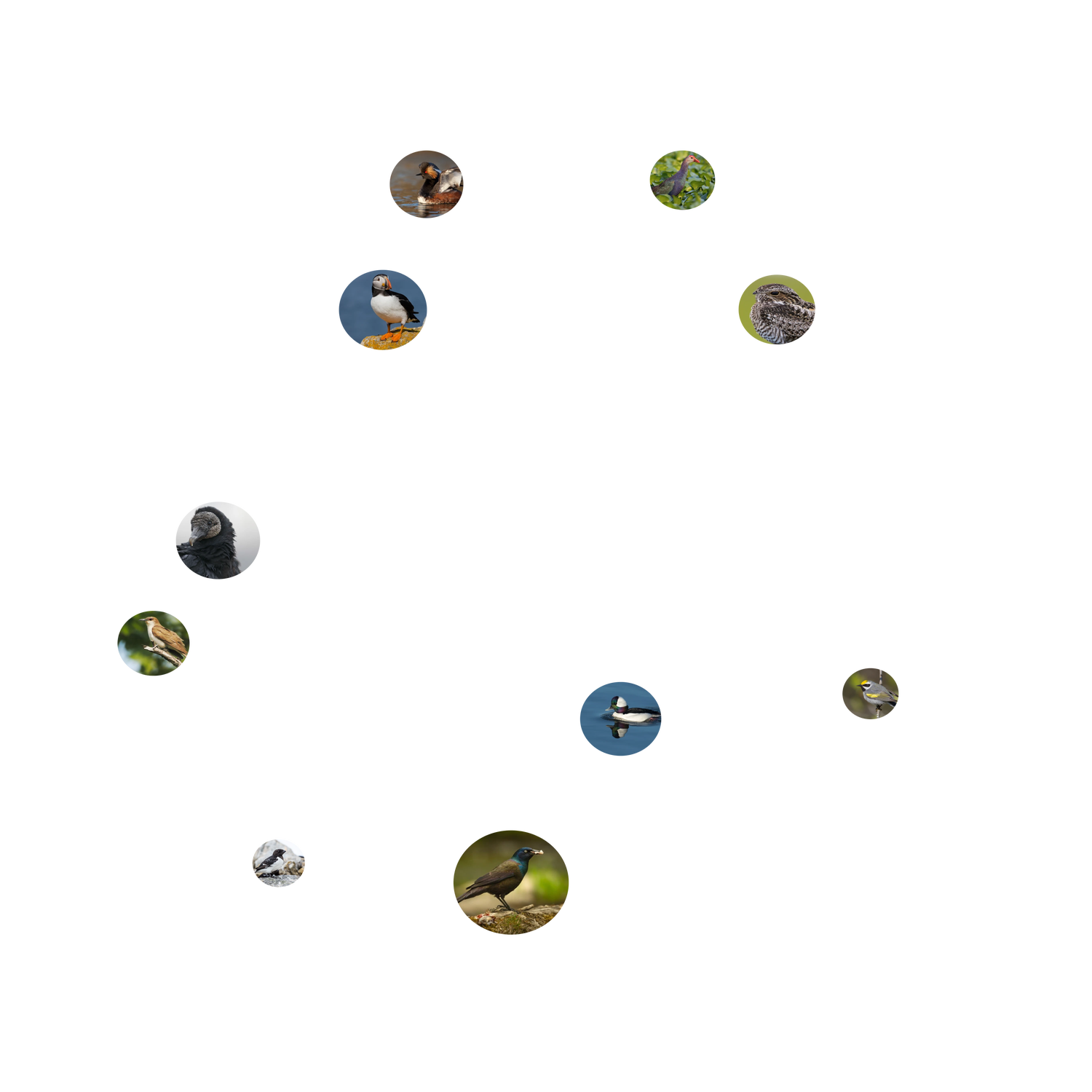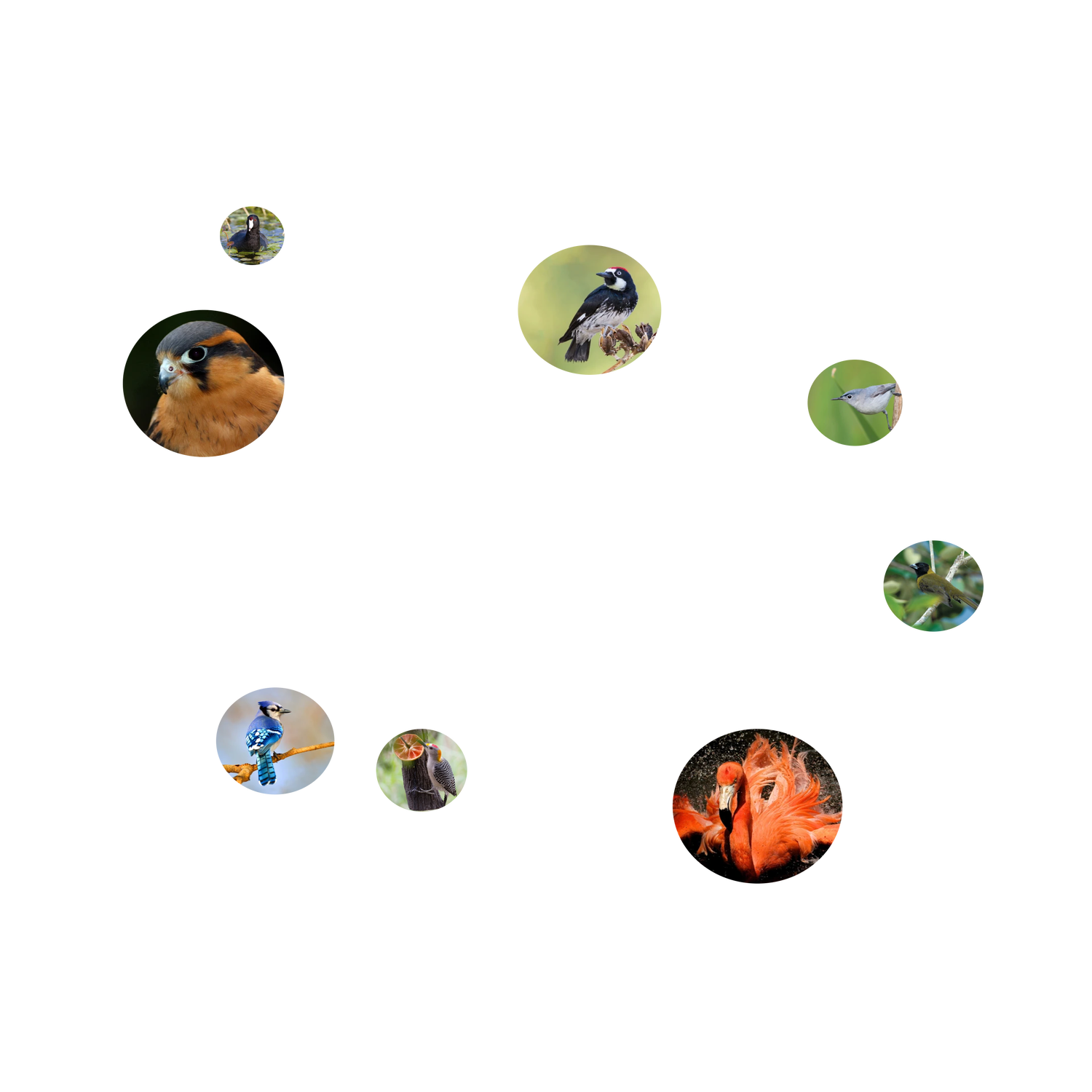
Before you judge a bird by its color, use these eight clues to guide you.
A Northern Cardinal's crimson feathers, an American Robin's round shape, a White-breasted Nuthatch's acrobatics—these traits are the pieces that will help you put together a successful ID. And the longer you observe a bird, the more pieces you'll pick up. But as even the most experienced birders know, sometimes you need further assistance. Or maybe you are just looking for a quick confirmation. Below you'll find a range of beginner and advanced ID tips and advice. Good luck, and happy identifying!

Before you judge a bird by its color, use these eight clues to guide you.
Curious about a bird you see on the regular? You can likely find it below.

The differences are subtle, but shape and size can help in a big way.
Birdist Rule #71: Figure Out What Kind Of Chickadees You’ve Got
Learn How to Identify Birds by Ear






Let us send you the latest in bird and conservation news.
